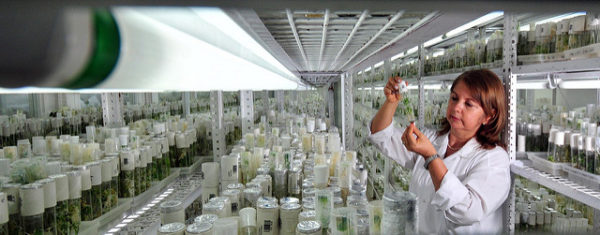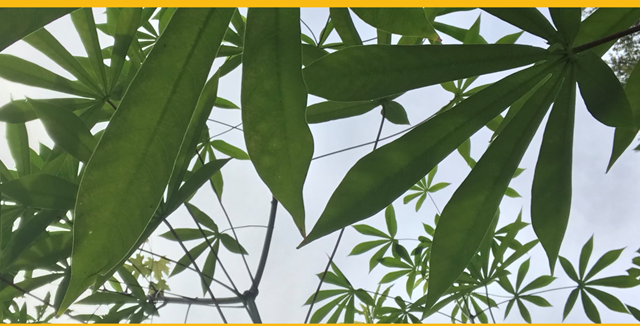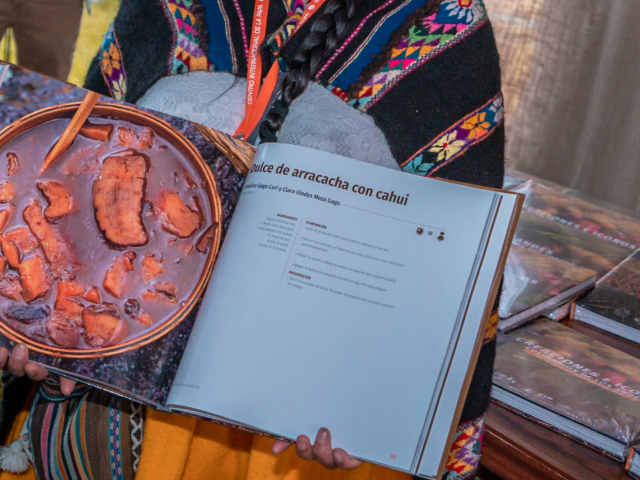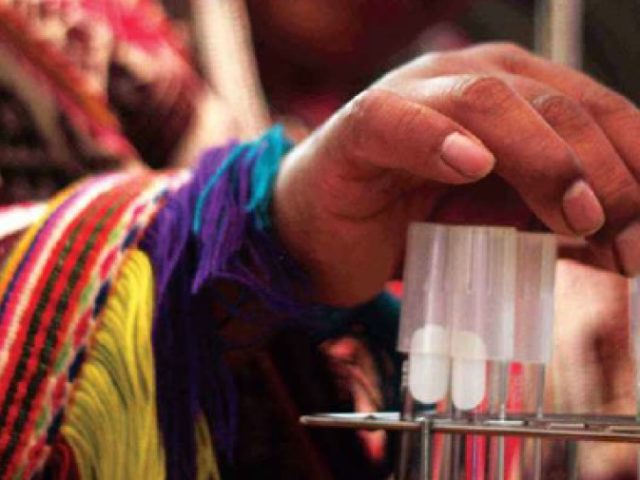The objective of Flagship project 1 (FP1) is to develop and apply leading-edge science toward faster and more precise development of user-demanded varieties, and to enhance the long-term conservation and use of genetic diversity. FP1 mobilizes various actors in the varietal improvement research landscape, connecting genetic diversity, biotechnology, breeding, and use, both technically and from socioeconomic perspectives.
New varieties have the potential to respond to a wide range of development and environmental opportunities and challenges, and are typically near the top of the list of production technology components requested by farmers. Varietal characteristics have impact throughout the value chain—from production to processing to consumer acceptance. Consumers have a strong interest in a range of traits that these new varieties offer, such as flavor, nutrition, and appearance. Higher productivity, resilience, and high consumer acceptability in intensified, sustainable systems can raise incomes and nutritional status of small-scale farmers and also reduce the expansion of crops into fragile ecosystems.
Breeders have achieved significant success and impact in some crops, such as cassava in Southeast Asia and nutritious sweetpotato in East Africa. But progress on further improving rates of genetic gain has been constrained by overall low investment in RTB breeding relative to other major crops. Greater coordination between applied and molecular breeding, and between breeders and social scientists, is a prerequisite to capitalizing on latest science. Men and women’s varietal needs sometimes differ, and breeders must recognize and target those needs, toward more gender-equitable opportunities.
FP1 responds to the following grand challenges as identified in the CGIAR Strategy and Results Framework:
Nutritious and diverse agri-food systems and diets
By 2050, population growth and changes in dietary preferences will more than double food demand in sub-Saharan Africa (SSA), where people are highly dependent on RTB crops. Yield increases at farm level have generally not kept pace with demand, which is being radically affected by urbanization and increasing incomes. Discovery research will enable incorporation of new traits to revolutionize RTB crops—from locally produced, processed, and consumed products to those that are storable, transportable, convenient, nutritious, and affordable, and with linkages to animal-based production systems through feed.
Emergent and persistent pests and diseases
Emergence of new pests and diseases, pathogen evolution, and spread of current constraints such as cassava brown streak disease, banana bacterial wilt, and potato late blight threaten livelihoods. An accelerated response is needed, especially the identification of molecular markers for resistance to speed up the incorporation of diverse genes for durable resistance.
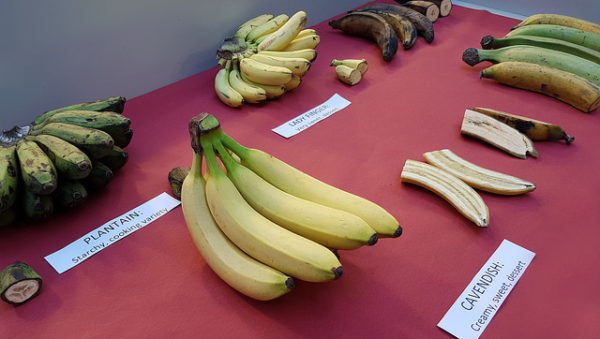
Varieties of bananas and plantains on display at the International Transit Centre, Leuven, Belgium. Photo N.Capozio/Bioversity
Climate change
Climate change will drive the demand for research on biotic and abiotic stresses. Disease and pest incidence will be shifted, and weather uncertainty will increase. Several RTB crops are highly resilient to drought, flooding, or higher temperatures; but these can be improved, thus creating the need for access to new genetic variation and for accelerated breeding. FP1 will breed for heat and drought tolerance and resistance to pests whose range and intensity will shift.
Diminishing genetic resources
Genetic diversity of RTB landraces and crop wild relatives —sources of novel traits and genes—are at risk from factors including replacement of traditional varieties by modern cultivars; agricultural intensification; and increased population, poverty, land degradation, and a changing climate. Improved management, collection, characterization, and use of material from ex situ genebanks, coupled with support for in situ monitoring and on-farm conservation, are central to a coordinated approach to meet this challenge.
Clusters
Research in FP1 is organized in four clusters:
| Cluster | Aim |
| DI1.1: BCoP | Establish a decentralized, integrated, and crosscutting community of practice to orient and support accelerated breeding gains |
| DI1.2: NextGen Breeding | Develop and demonstrate the added value of next-generation tools, methods, and information for adoption and routine use by breeders |
| DI1.3: Game-changing Traits | Develop prototypes and products that allow the introduction of new traits, without disturbing any other traits and characteristics of the original genotype |
| DI1.4: Genetic Diversity | Develop and promote an integrated and complementary conservation and use system for RTB genetic diversity on farm, in wild habitats, and in genebanks |
